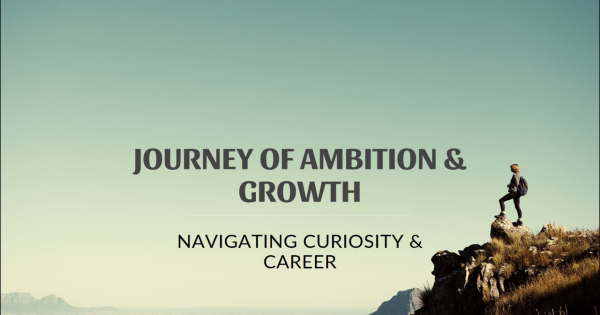
Education has undergone a profound transformation over the past few decades. From the days of chalk and blackboards to the integration of AI-powered chatbots, the classroom is becoming increasingly digital. As we step into the future, teaching methodologies are evolving at an unprecedented pace. This article explores the shift from traditional teaching tools to smart technologies, the current trends shaping education, and what the future holds for teachers and students.
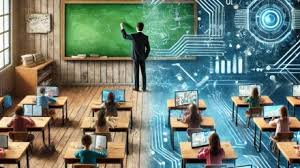
The Evolution of Teaching Tools
From Traditional to Digital: A Brief Timeline
| Time Period | Teaching Tool | Description |
|---|---|---|
| Pre-1980s | Chalkboards & Textbooks | Face-to-face teaching, physical textbooks |
| 1980s–1990s | Overhead Projectors | Visual aids for large classrooms |
| 2000s | Smartboards & Multimedia | Interactive whiteboards, PowerPoint presentations |
| 2010s | Online Learning Platforms | Khan Academy, Coursera, MOOCs |
| 2020s–Present | AI Chatbots & EdTech Tools | Personalized learning, AI-driven tutoring and feedback |
Rise of Chatbots in Education
What is a Chatbot?
A chatbot is an AI-powered tool that simulates human conversation. In the context of education, it serves as a virtual assistant, tutor, or advisor.
How Chatbots Are Revolutionizing Classrooms
-
24/7 Availability – Students can ask questions anytime.
-
Personalized Feedback – Adaptive learning paths based on performance.
-
Automated Grading – Reduces teacher workload.
-
Interactive Learning – Engaging content delivery using conversational formats.
Benefits of Chatbots for Students and Teachers
For Students
-
Instant doubt resolution
-
Adaptive quizzes and assessments
-
Language learning through real-time conversation
-
Gamified and engaging interaction
For Teachers
-
Automated administrative tasks
-
Personalized student progress reports
-
Efficient communication with parents and students
-
Content delivery assistance
Key Technologies Driving the Future of Teaching
| Technology | Role in Education |
|---|---|
| Artificial Intelligence | Personalized tutoring and analytics |
| Virtual Reality (VR) | Immersive, experiential learning environments |
| Augmented Reality (AR) | Real-world context added to digital content |
| Learning Management Systems (LMS) | Centralized course management |
| Blockchain | Secure student records and certification |
Challenges of Adopting Chatbots in Education
Despite their benefits, chatbots are not without limitations:
-
Lack of Emotional Intelligence – Cannot replace human empathy
-
Data Privacy Concerns – Student data must be protected
-
Tech Access Disparities – Not all students have equal access to devices and internet
-
Teacher Training Gaps – Instructors need to learn new systems
Hybrid Classrooms: The New Norm
Definition of Hybrid Learning
Hybrid learning combines traditional face-to-face teaching with digital tools, creating a blended educational experience.
Benefits of Hybrid Classrooms
-
Flexibility in teaching methods
-
Personalized learning speeds
-
Inclusion of remote learners
-
Enhanced student engagement through multimedia
Future Trends in Teaching and Learning
1. AI-Powered Personalization
-
Chatbots will predict student struggles and intervene early
-
AI will curate custom lesson plans for each learner
2. Global Virtual Classrooms
-
Students from different parts of the world collaborating in real-time
-
Diversity in learning and peer exchange
3. Data-Driven Instruction
-
Teachers will use analytics to improve teaching strategies
-
Real-time dashboards showing individual and group performance
4. Teacher as Facilitator
-
Role will shift from lecturer to learning coach and mentor
-
Focus will be on critical thinking, creativity, and problem-solving
How Teachers Can Prepare for the Future
Skill Development Areas
| Skill | Importance |
|---|---|
| Digital Literacy | Ability to use and teach with tech tools |
| Data Interpretation | Analyzing learning metrics and student progress |
| Emotional Intelligence | Building rapport in tech-mediated learning |
| Adaptive Pedagogy | Changing teaching methods as per student needs |
Tips for Teachers
-
Attend regular edtech training workshops
-
Collaborate with peers through online teaching communities
-
Stay updated with new tools and apps
-
Promote digital ethics and cyber safety
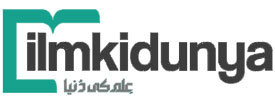






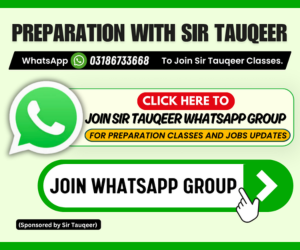

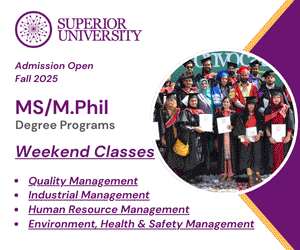


.jpg)


